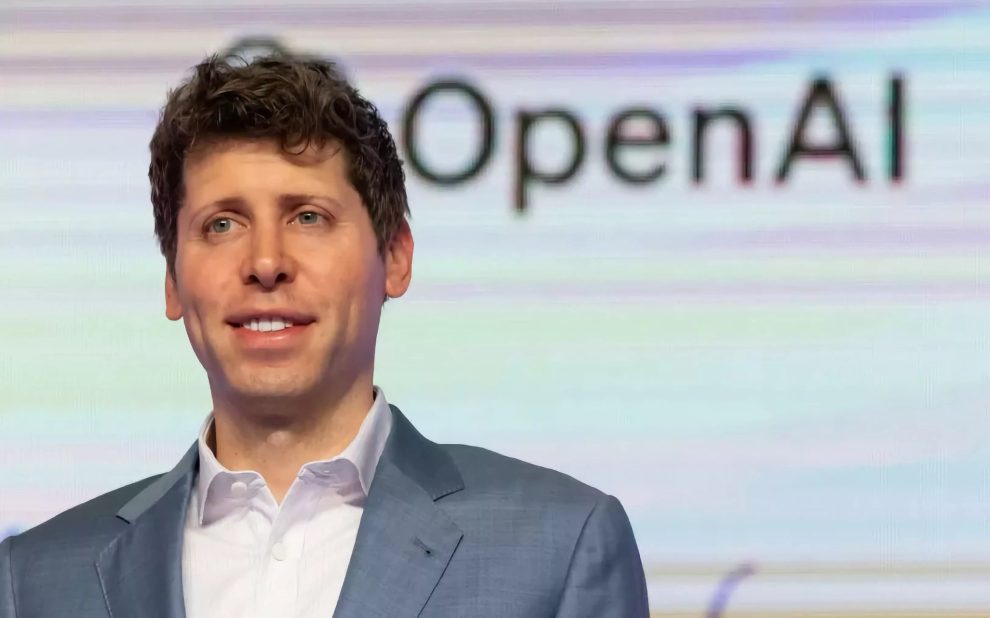OpenAI is reportedly planning a significant restructuring of its core business. The AI powerhouse is set to transform into a for-profit benefit corporation, potentially altering the dynamics of its governance and investment structure.
As I stand outside OpenAI’s sleek headquarters in San Francisco, there’s an undeniable buzz in the air. Employees hurry in and out, their conversations hushed but excited. The news of the potential restructuring has spread like wildfire through the tech community.
“This could be a game-changer for OpenAI and the entire AI industry,” remarks Dr. Sarah Chen, a leading AI ethics researcher I managed to catch for a quick comment. “The shift to a for-profit model, while maintaining benefit corporation status, could accelerate innovation while hopefully preserving their mission-driven approach.”
The Proposed New Structure
According to sources close to the matter, OpenAI’s restructuring plan involves several key elements:
1. Core business transformation to a for-profit benefit corporation
2. Reduction of nonprofit board control
3. Minority stake ownership by the OpenAI nonprofit in the new for-profit entity
While the details are still being ironed out, this move signals a significant shift in OpenAI’s organizational philosophy. The timeline for implementation remains uncertain, highlighting the complexity of such a transition.
When approached for comment, an OpenAI spokesperson offered a carefully worded statement: “We remain focused on building AI that benefits everyone, and we’re working with our board to ensure that we’re best positioned to succeed in our mission. The nonprofit is core to our mission and will continue to exist.”
The proposed restructuring isn’t just about organizational charts – it’s about money. Big money.
“This move will make OpenAI much more attractive to investors,” explains Michael Forrester, a Silicon Valley venture capitalist I spoke with over coffee near the OpenAI offices. “By operating more like a typical startup, they’re opening doors to significant funding opportunities.”
Indeed, the restructuring plan includes efforts to remove the current cap on investor returns. This change could potentially unleash a flood of new investment, crucial for funding the expensive pursuit of advanced AI technologies.
Moreover, the new structure would grant CEO Sam Altman equity in the for-profit company, aligning his interests more closely with those of investors and potentially providing additional motivation for growth.

OpenAI’s Journey From Nonprofit to AI Powerhouse
To understand the significance of this move, it’s important to look at OpenAI’s history:
– Founded in 2015 as a nonprofit AI research organization
– Added OpenAI LP, a for-profit entity, as a subsidiary in 2019
– Now poised for another evolutionary leap in 2024
This progression reflects the changing realities of AI development, where vast resources are needed to remain competitive.
OpenAI isn’t alone in adopting this hybrid model. Two of its main rivals, Anthropic and Elon Musk’s xAI, are already registered as benefit corporations. This structure allows companies to pursue both profit and societal benefit, a balance crucial in the ethically complex field of AI development.
As I walk past a group of programmers taking a lunch break in a nearby park, I overhear snippets of their conversation. “If OpenAI goes this route, it could change everything,” one says. But will they be able to maintain their ethical standards?”
The restructuring news comes amidst reports of OpenAI’s ambitious funding goals:
– Seeking $6.5 billion in new funding
– Aiming for a staggering $150 billion valuation
However, sources suggest that achieving this valuation hinges on successfully implementing the corporate restructuring and removing the profit cap for investors.
Key players in this funding round reportedly include:
– Thrive Capital, expected to lead the round
– Microsoft, already a major investor with $13 billion invested since 2019
– Potential new investors like Apple and Nvidia
As the San Francisco fog rolls in, obscuring the top floors of the OpenAI building, I’m reminded of the uncertainties surrounding this transition. The company faces several challenges:
1. Balancing profit motives with its original mission
2. Navigating potential regulatory scrutiny
3. Managing employee and public perceptions of the shift
“It’s a tightrope walk,” admits Jennifer Lau, a former OpenAI employee I bumped into near the office. “But if anyone can pull it off, it’s the team at OpenAI. They’ve always been visionaries.”
As night falls on San Francisco, the lights in the OpenAI office continue to burn bright. This potential restructuring represents more than just a change in corporate status – it’s a reflection of the evolving nature of AI development and the resources required to push the boundaries of technology.
While questions remain about the details and timeline of the restructuring, one thing is clear: OpenAI is positioning itself for a future where it can compete aggressively in the AI race while striving to maintain its commitment to beneficial AI development. The tech world watches with bated breath to see how this bold move will shape the future of artificial intelligence.
















Add Comment